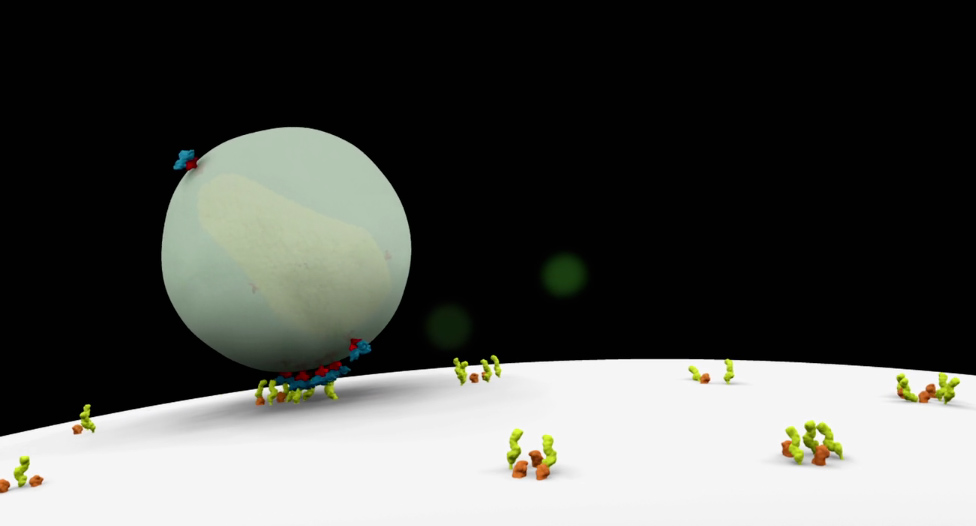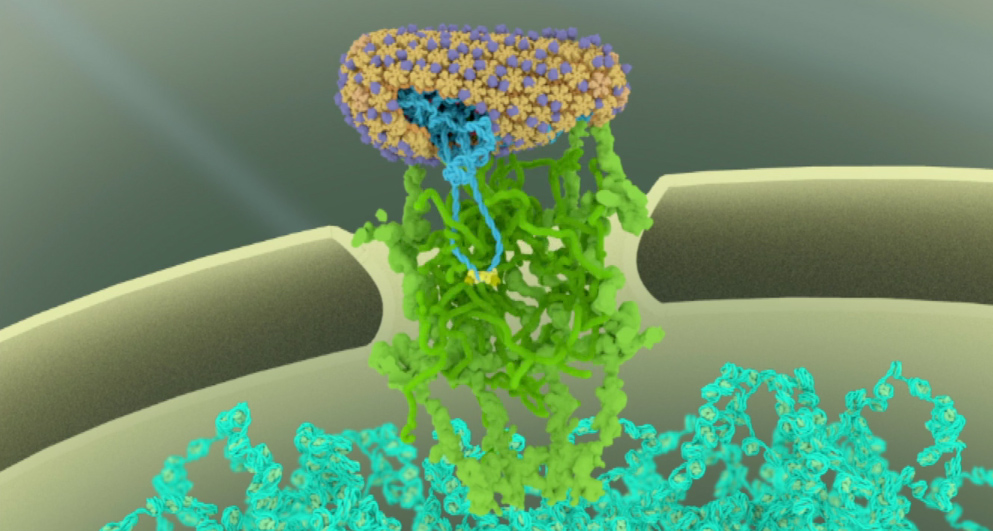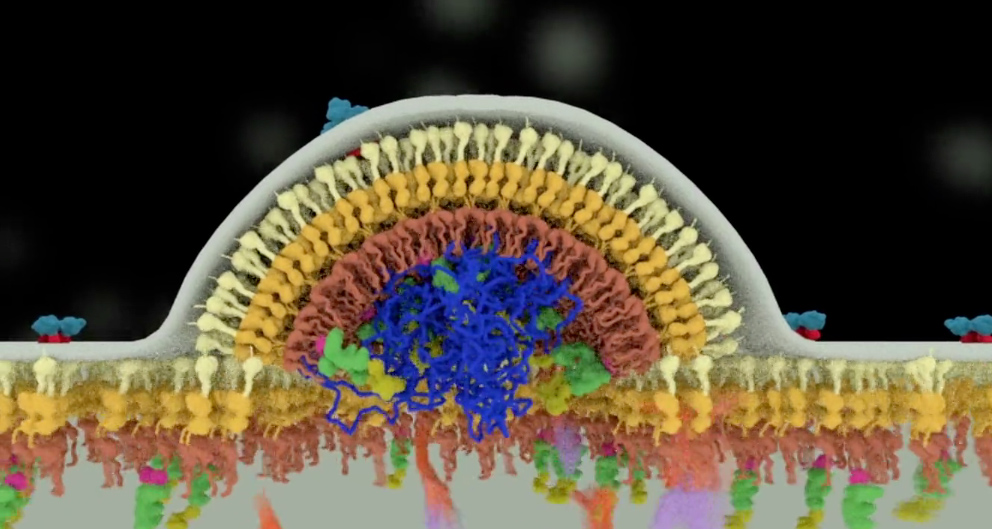
HIV (Human Immunodeficiency Virus) is composed of two strands of RNA, 15 types of viral proteins, and a few proteins from the last host cell it infected, all surrounded by a lipid bilayer membrane. Together, these molecules allow the virus to infect cells of the immune system and force them to build new copies of the virus. Each molecule in the virus plays a role in this process, from the first steps of viral attachment to the final process of budding.
Since 1986, research on the structural biology of HIV have revealed the atomic details of these proteins. These structures are all publicly available in the Protein Data Bank (PDB) archive.
Explore the molecular biology of the HIV virus using the learning resources from PDB-101, the educational portal of the RCSB Protein Data Bank.
Using the structural data, researchers have designed new treatments for HIV infection, including effective drug regimens that halt the growth of the virus. The structures also provide new hope for development of a vaccine.


